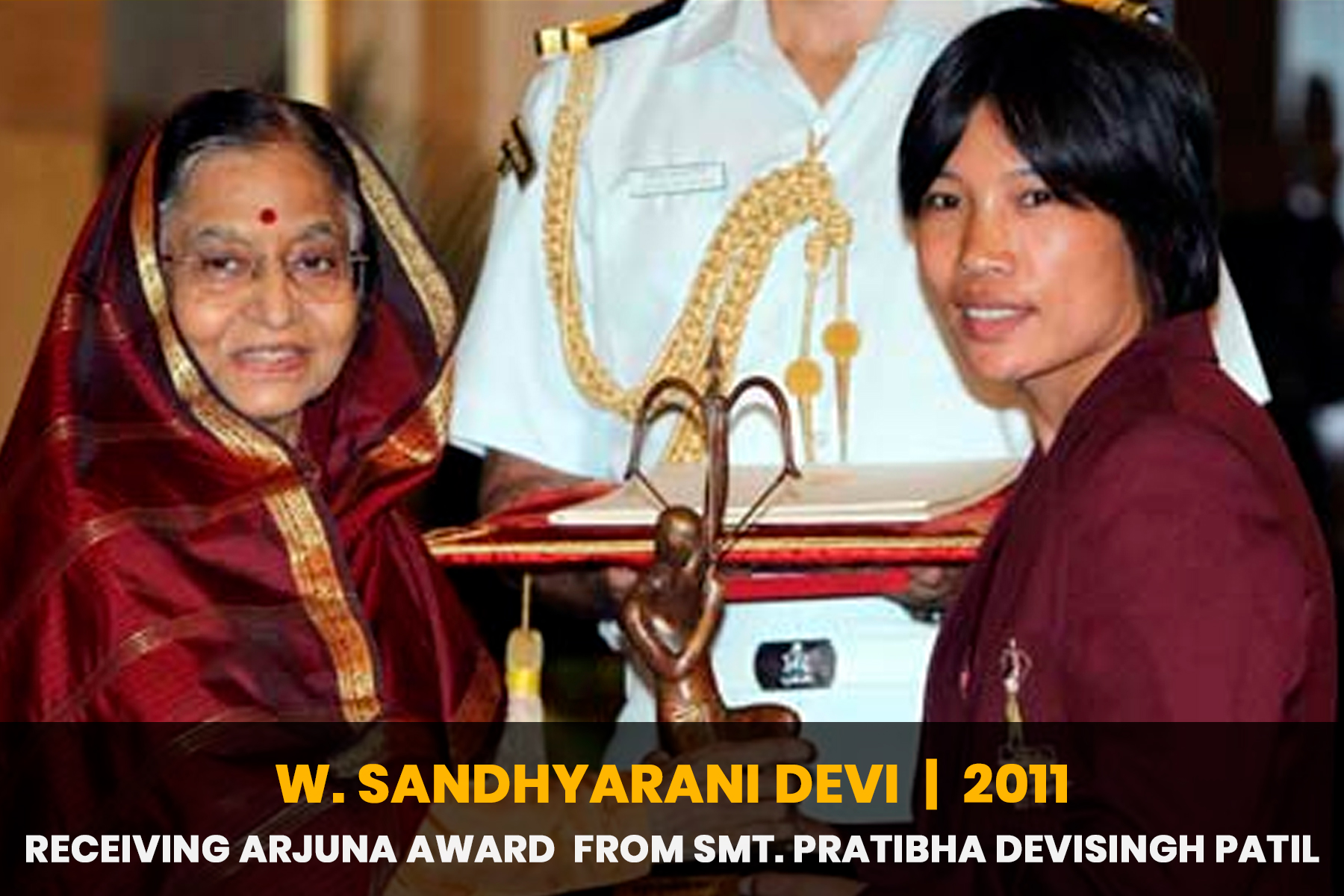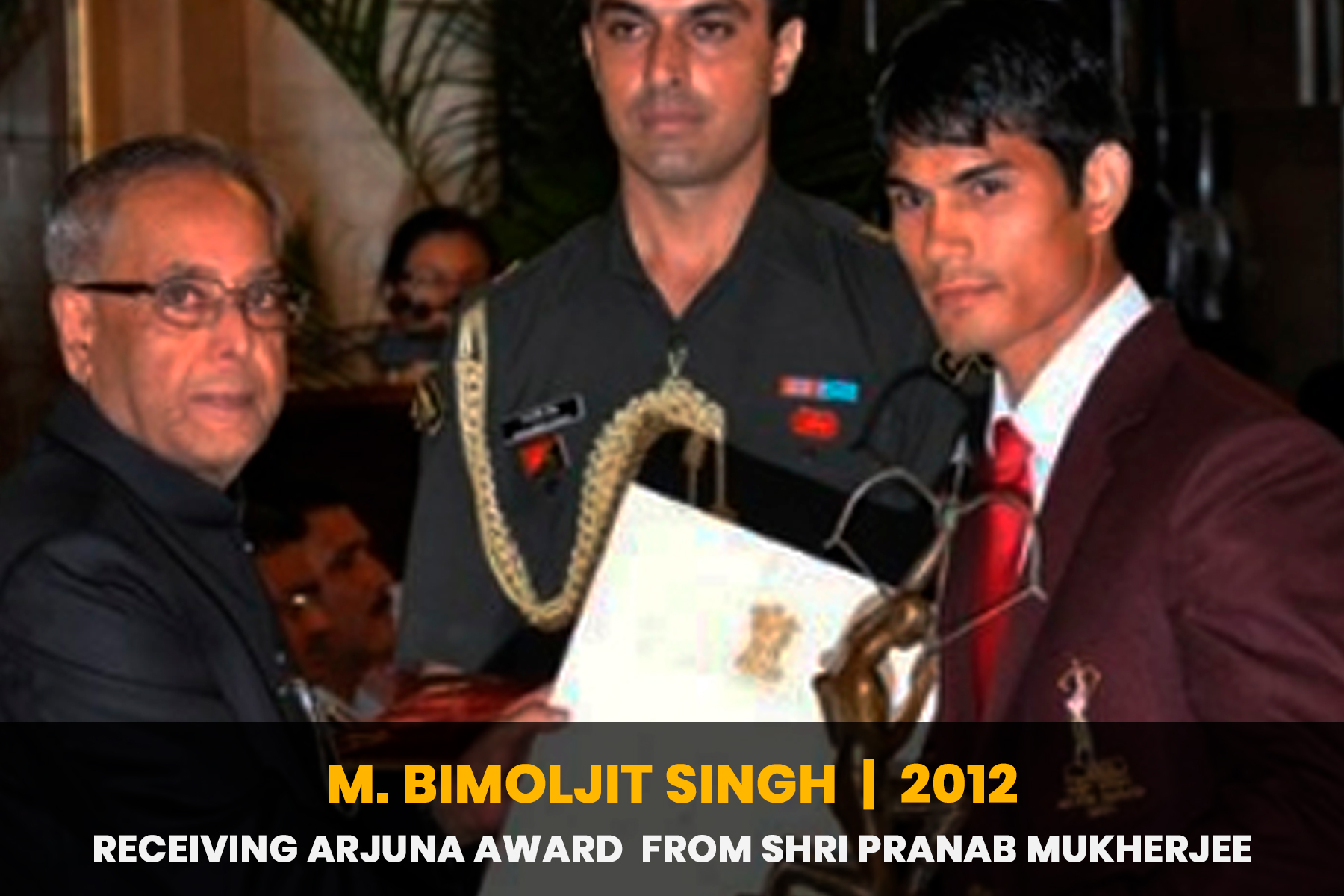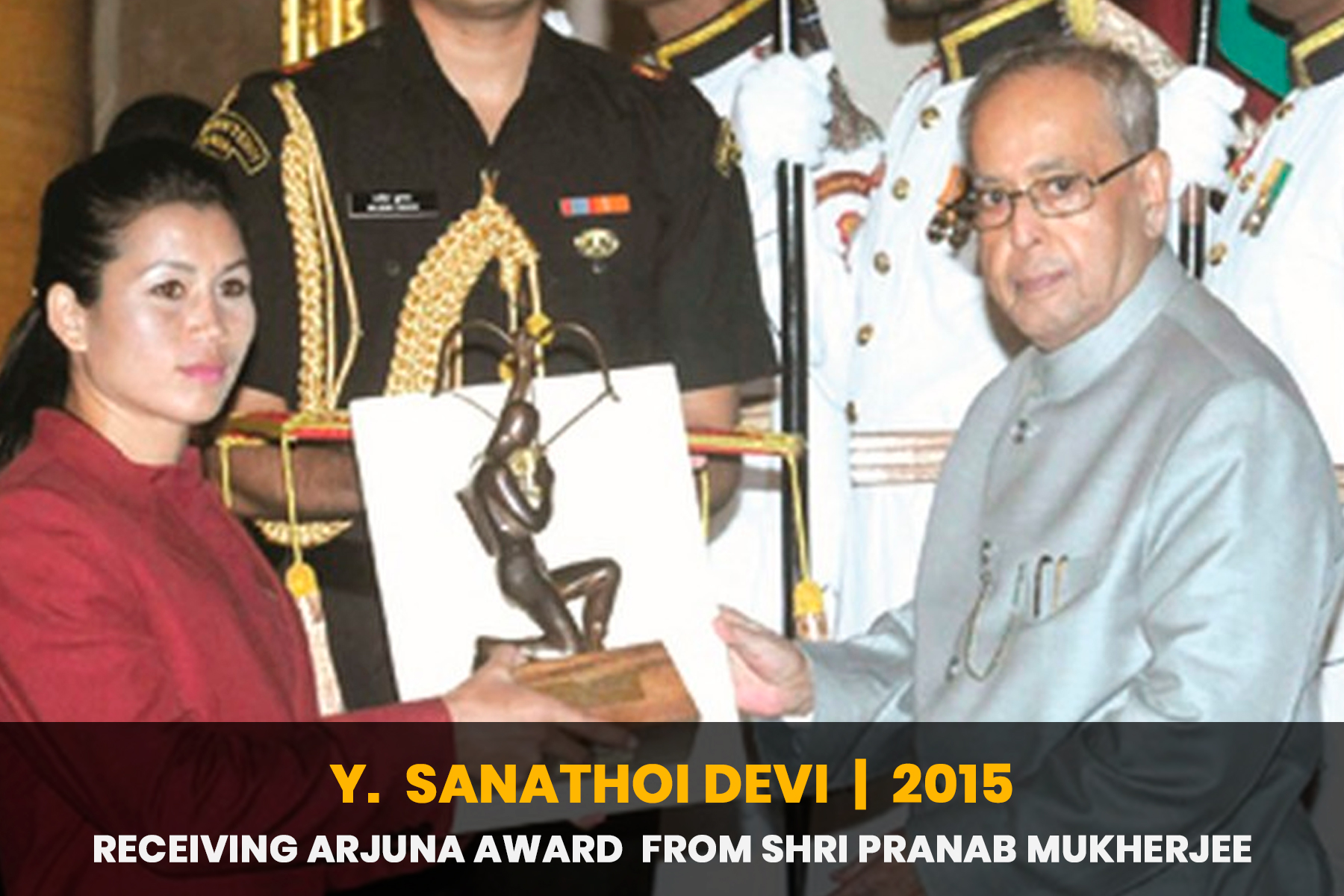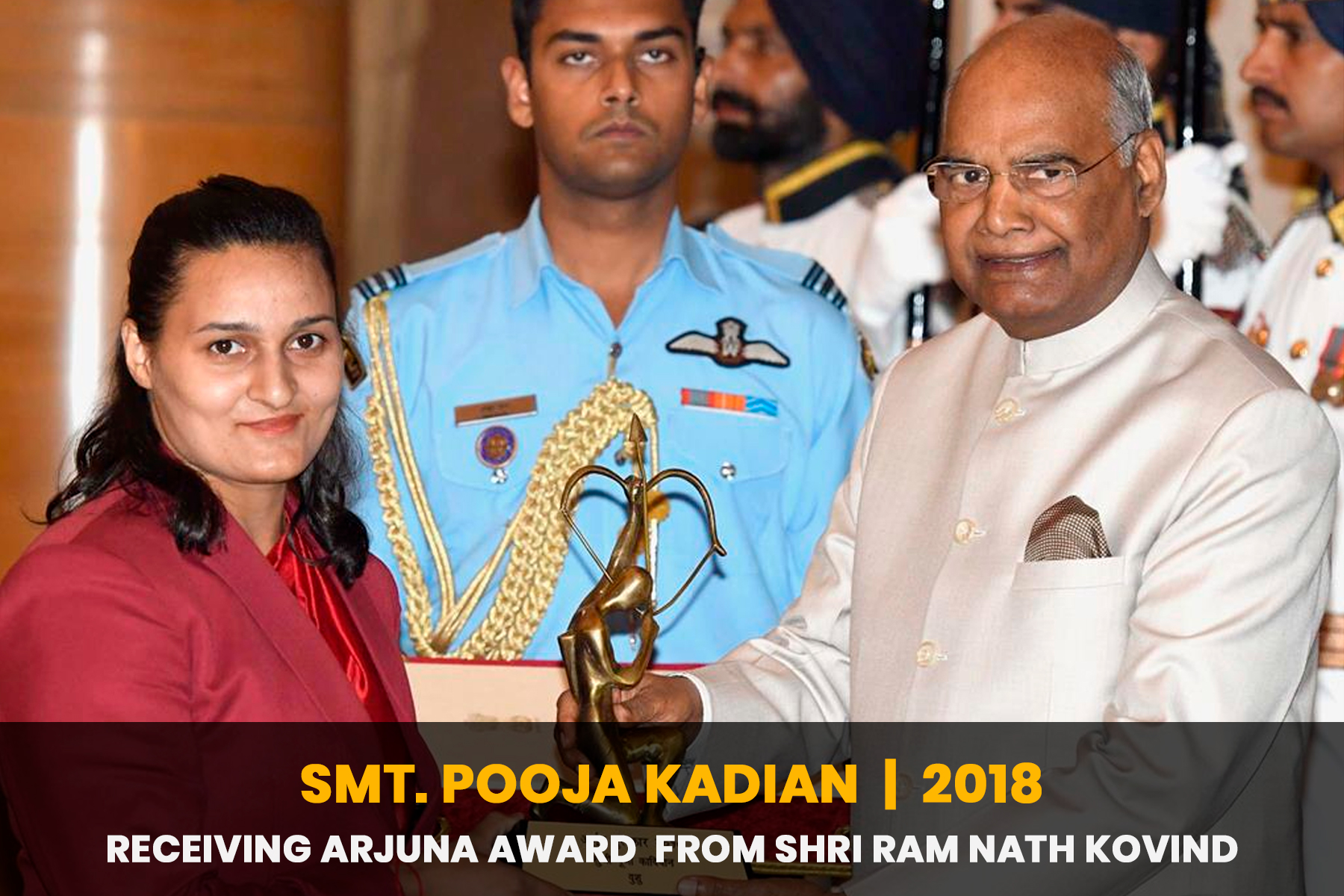Wushu Came In West Bengal By The Sincere Efforts Made By Sri Shambhu Seth The Founder & General Secretary Of The Wushu Association Of West Bengal Wushu Association of West Bengal is a Affiliated unit of Wushu Association of India & Bengal Olympic Association
Wushu Association of India is affiliated to International Wushu Federation & Indian Olympic Association. The Ministry of Youth Affairs and Sports, HRD Govt. of India officially recognized Wushu in 1993. Wushu is a regular event in School National Games, National Games and regular courses are being offered by Sports Authority of India in Wushu at NS NIS Patiala. 44 units are presently affiliated with Wushu Association of India including Departmental organizations like Services Sports Control Board, ITBP, CRPF, Assam Riffles, SSB and Union Territories and also Wushu is included in All India University Games, All India Police Games, National Games, State Games, South Asian Games, and Asian Games. Wushu is the priority sports in Ministry of Youth Affairs and Sports, Govt. of India.
Our 4 Wushu Players Awarded by Arjuna Award in last 6 years -
The origins of wushu may be traced back to early man and his struggle for survival in the harsh environment during Bronze Age (3000-1200 BC), or even earlier, a struggle that led to the development of techniques to defend against both wild animals and other human beings. The application of weapons eventually came to form the roots of wushu’s weapon-based techniques, and contests of strength and technique (such as jiaodi, an early Chinese form of wrestling) enhanced the development of barehand combat systems.
From the Shang Dynasty (approx.1556-1046 BC) through Warring States period (481-221 BC) wushu further evolved specialized armed and unarmed combat methods, and sophisticated weapons for warfare began to emerge. During these times, wushu also became popular among the common people as a means of self-defense and health improvement, as well as entertainment; ancient Chinese philosophy famously espoused the culturing of both literary and martial arts (“wen wu”).
Fast-forward to 495 A.D when the Shaolin Temple, long-recognized internationally as a touchstone of certain styles of Chinese wushu, was erected on Song Shan Mountain for the monk Batuo, whose students enjoyed practicing wushu-type exercises in their spare time. Later generations of monks combined chan (Zen) and quan (martial arts) into what is famously known today as Shaolin Quan (Shaolin Wushu).
During the later part of the Qing Dynasty (1644 -1911 AD), military “cold” weapons’ use began to diminish as the use of firearms gradually increased among soldiers. Wushu came to be practiced mainly by the common people, and martial techniques and practices started to be combined with theoretical and philosophical ideas popular amongst the common folk, resulting in hundreds of styles like Xingyi Quan, Bagua Zhang and Taiji Quan emerging. While primarily rooted in martial applications, these styles also placed importance on health and moral principles.
In the early 20th century the establishment of organizations like the Shanghai Jing Wu Physical Culture Society paved the way for wushu’s development into the realm of popular sport. Public performances, training, and competitions became common, further promoting wushu’s practice.
In 1923 the Chinese National Wushu Games were held in Shanghai, and in 1936 a Chinese wushu delegation performed a demonstration at the XI Olympic Games held in Berlin. Wushu continued to develop through the Republican Era and after the founding of the People’s Republic of China. Wushu competition formats and rules were implemented, and teaching methods and materials were standardized, and in 1985 the first International Invitational Wushu Tournament was held in Xi’an, China, and the preparatory committee for the International Wushu Federation (IWUF) was formed. On October 3rd, 1990 the IWUF was officially founded.
TRADITIONAL WUSHU
Traditional Wushu (commonly referred to as kungfu) is the root of sport wushu and has a long and diverse history. As wushu originated in China, traditional wushu practices have developed and spread throughout the country’s geographical terrain and absorbed distinct cultural, ethnic and philosophical characteristics of the various groups in China.
Originating from the need for self-defense and survival, as well as an art of war, different styles and practices emerged featuring various methods, content, philosophies, tactics and techniques emerged over the thousands of years of wushu’s development. While at its core traditional wushu is a method of combat attack and defense, its practice has surpassed a simple means to an end and become deeply intertwined with legacies of ethical and moral principles.
Traditional wushu’s practice is aimed at preserving the principles, methods and legacies of previous generations that developed and relied on these arts for survival and overall life improvement.
Wushu’s styles and practices vary widely, with some featuring mainly hand techniques, others focusing on leg techniques, and still others placing emphasis on wrestling; some focus on attack and defense while yet others strive to promote and preserve health and well-being. Traditional wushu also includes an extremely vast array of traditional weaponry handed down from the age of cold weapons along with practical methods that have been preserved by subsequent generations. With numerous clans, sects, family systems and styles, traditional wushu is diverse and colorful, with an extremely deep and complex physical culture. It is practiced by people from all walks of life, irrespective of race, gender, age, social class, or physical condition, a cultural and sporting gem for people everywhere.
The International Wushu Federation (IWUF) continues to preserve and promote traditional wushu as the practice has steadily entered the realm of sport for all. Traditional wushu’s values align with those of promoting social cohesion, cultural and educational value, and the development of healthy lifestyles and habits. In 2004 the IWUF held its first edition of the biennial World Traditional Kungfu Championships. As a sport-for-all event, the nature of the competition is to promote traditional kungfu’s practice through large scale participation and exchange. The event features thousands of competitors in all age groups competing in a wide variety of divisions, the majority of whom are awarded prizes for participation. With a spirit of interaction, the event aims to build friendships and interest through traditional wushu.




